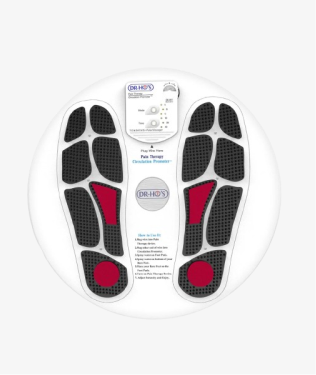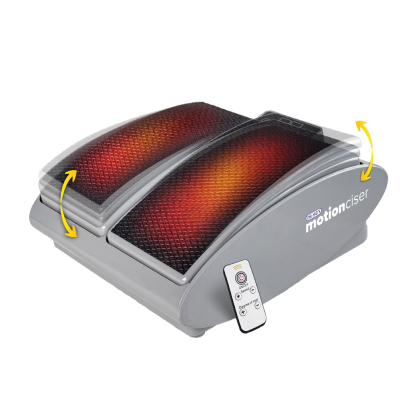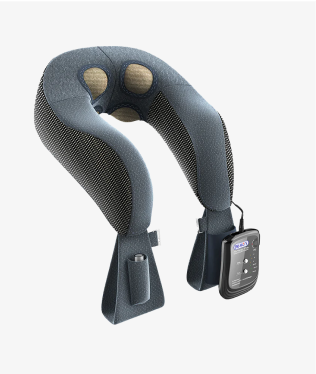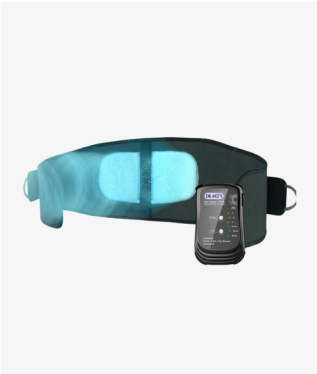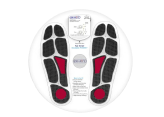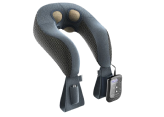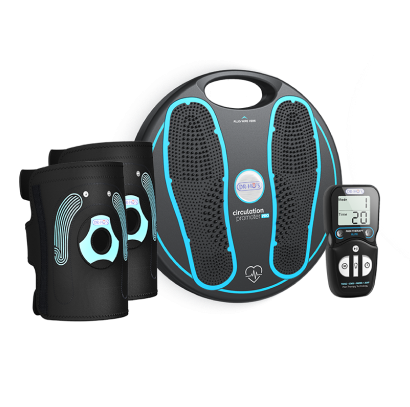May 21, 2021
“Why does my hand hurt?”: Your Hand Pain Questions Asked & Answered
Meaningful, long-term relief from pain in the hands, fingers and wrists encompasses more than just the physical aspect, and while prescription or over-the-counter pain medications can help, they aren’t a one-size-fits-all “cure” for pain.
If this resonates with you, this is a good place to start: let’s begin by exploring the types of hand pain and how they can affect you. Then, keep reading to discover hand pain relief strategies that you can incorporate into your daily routine.

What are the most common causes of hand pain and what do they feel like?
Arthritis: Arthritis in the hands causes a progressive degeneration of cartilage — a necessary tissue that allows smooth movement in the joints. Swelling, pain and difficulty moving the fingers and knuckles can occur as cartilage deteriorates.
Tendinitis: This tendon pain derives from irritation or inflammation of the wrist tendons, located at the base of the thumb. Tendinitis can make it difficult to make a fist, grasp objects or turn your wrist.
Trigger Finger: Trigger finger can develop when the flexor tendons in the hand become irritated. Tendons can get stuck and lock into place, making it difficult to straighten the fingers. It’s unclear why trigger finger develops.
Carpal Tunnel Syndrome and other nerve disorders: Carpal tunnel syndrome is a type of nerve pain that can be felt anywhere in the hand and even up in the forearm. It occurs when swelling constricts the median nerve which passes through the carpal tunnel, located at the base of the hand.
Age, injury, overuse or repetitive motions among others are risk factors for developing the outlined conditions. See your preferred healthcare provider for a proper and accurate diagnosis.
How can I find hand pain relief at home?
You can find meaningful ways to prioritize your wellbeing and keep hand pain out of the way, regardless of where your hand pain came from. Discover four different hand pain relief home remedies that you can easily incorporate into your daily routine.
4 Strategies for Finding Hand Pain Relief at Home
1. Wear a Splint
One of the first things you can take action on when pain strikes is immobilizing the area. Prevent further aggravation or pain flare ups and help facilitate healing after an injury by keeping the pain-affected area in a neutral position with the help of a splint. Depending on where you feel pain and what movement provokes it, you can find many different splints and braces on the market that are tailored to your needs. Hand splints and braces can be found at most drugstores.Although no doctor’s prescription is required for a splint, a visit to your preferred healthcare provider can be beneficial; discover which splint or brace is right for you or ask how to wrap a splint yourself.

Different kinds of hand splints
Some of the most common hand splints include the following:
Buddy Splint: A splint that holds two fingers together, above or below the injured joint.
Static Splint: A finger splint that holds a joint still, either in a completely straight or slightly bent position. This can be particularly beneficial for tendinitis or trigger finger.
Stack Splint: A splint that covers the tip of the finger and the first joint, preventing it from being bent.
Dynamic Splint: A splint meant to stretch a joint, usually using a spring-loaded system.
Wrist Splint: This splint is usually worn by those dealing with carpal tunnel syndrome; it works to prevent your wrist from bending, which can put pressure on the median nerve.
2. Use Heat/Cold Therapies
Cold Therapy: Cold therapy works by reducing blood flow to the area and reducing nerve activity, helping to numb the sensations of pain. Apply something cold to the affected area in the form of a cream, pad or ice pack to target the swelling, inflammation and sharp pain that can come from acute injury or new onset pain.
Heat Therapy: Conversely to cold therapy, a heat application can improve local circulation, promote tissue healing and improve muscle flexibility. Apply something warm to the hand in the form of a cream or hot towel, or visit a sauna or hot tub for an experience that’s not only relieving of soreness, but relaxing too!

3. Use a TENS Device
TENS (Transcutaneous Electrical Nerve Stimulation) is a safe, non-invasive type of temporary pain therapy and relief that you can find in devices such as DR_HO'S Pain Therapy System 4-Pad. It uses safe, gentle electrical stimulation conducted through electrodes placed on the body. This stimulation floods the nervous system, disrupting and reducing the normal flow of pain signals to the brain. TENS is also thought to help release endorphins in the body, which is a naturally-occurring chemical that helps the body relieve pain.Some TENS devices are also equipped with EMS (Electrical Muscle Stimulation). This type of pain-relieving technology stimulates muscles, causing them to contract and relax in order to increase local circulation and soothe soreness. Stimulating healthy muscles also helps to improve and facilitate muscle performance.

It’s important to have a device on hand that you can rely on for fast-acting, temporary relief — especially considering how intrusive and unexpected a flare-up of hand pain can be. While TENS can’t address the underlying condition, it can be an effective hand pain relief home remedy, helping pain sufferers perform everyday activities with less pain.

Learn more about TENS here:
- Discover the Pain Therapy System 4-Pad for TENS therapy that can be used anywhere on the body.
- Find out how to place your body pads to target hand pain.
- Learn more about how a TENS machine works behind the scenes to temporarily relieve pain.
4. Stretch the Hands Regularly
i. Keep the joints and muscles in your hands loose and help prevent future pain and injuries by gently stretching your hands. Try these three easy stretches: 1. Make a loose fist and flex the fingers to fully straighten them. Repeat several times on both hands.ii. One by one, bend and then slowly straighten each finger. Repeat with each finger on both hands.
iii. With fingers spread out, lay your hand flat on a surface and gently lift each finger for several seconds. Repeat with each finger on both hands.



